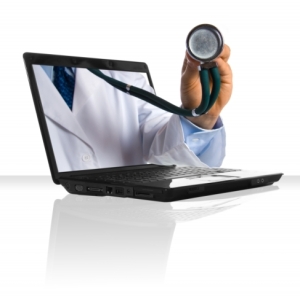Can online, social networks really help people stop smoking?
This is what 100 experts came together to discuss in a 2-day workshop in Washington, D.C. The result was a proposed research agenda on online social networks and smoking cessation. The group proposes 34 questions they deem most pressing in four categories: advancing theory, understanding fundamental mechanisms, intervention approaches, and evaluation.
This was 2010.
There is A Need
We are on the edge of 2013. And while the Web is ubiquitous–making qualms between offline and online approaches somewhat void when we should be looking at the overall customer experience…We’re still working to better understand many of the questions proposed:
- How well do theoretical models of social influence translate between offline and online contexts?
- How does information spread through an online social network? Are there identifiable patterns of information spread that can be leveraged in intervention research?
- Can key participants in a network be identified and targeted to foster information diffusion or make it more efficient?
- What are the drivers of the viral spread of an application, concept, or innovation through online networks?
- What predicts engagement in an online social network?
All 34 questions themselves are invigorating. I encourage you to take them back to your team to fodder discussion and brainstorming. We need to be asking these questions. We need to test our ideas, explore what’s working and share it with our colleagues. But there’s a greater need.
You Can Help Solve It
As a practitioner, one item stood out among the research agenda. It’s worth filing in your back pocket and pulling out as evidence when you’re in one of those meetings:
“While there are ways in which offline and online behaviors overlap and can reciprocally inform models, mechanisms, implementation, and evaluation, there are also important differences that require critical thinking about online networks. There is a need to challenge and test the assumptions inherent in traditional models when developing, implementing, and evaluating online interventions.”
You are called to challenge traditional models–even tested ones. Rather, find inspirational models. Study them. Find what’s working. Lean on your training, work to better understand people and unwind the assumptions you bring to even the tiniest of tasks. If you’re a graphic designer for example, maybe you look into the psychology of color and how that impacts design and behavior. This is the art behind the science, so go grab your paintbrush.
What do you think about the proposed research agenda? What questions would you add?



